Begonia Mason: description, planting and care
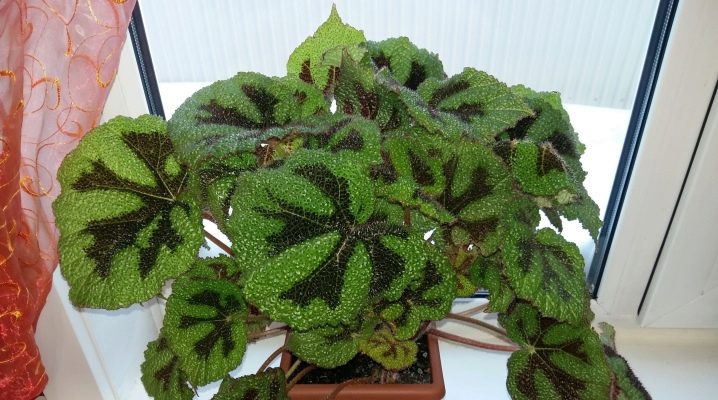
Begonia is a tropical flower with graceful variegated leaves. In the wild, it is found in meadows and forests in Asia, Africa and South America. Not without the efforts of breeders, some of more than one and a half thousand species are bred in home flower beds. Mason's begonia is considered the most captivating and spectacular species.
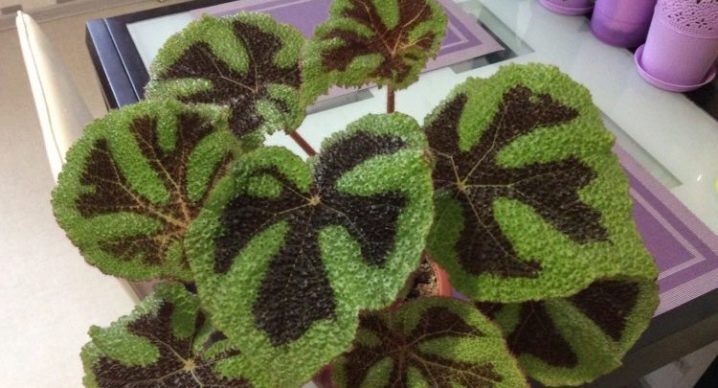
Description
Begonia Mason is a representative of the Begoniev family. She has large emerald green heart-shaped leaves with a pointed tip, with a large brown pattern in the center in the form of a five-fingered cross. By the cross, this type of begonias is distinguished from others. The length of the sheet plate is up to 20 centimeters. The older the plant becomes, the more clearly the silvery tints are visible on it.
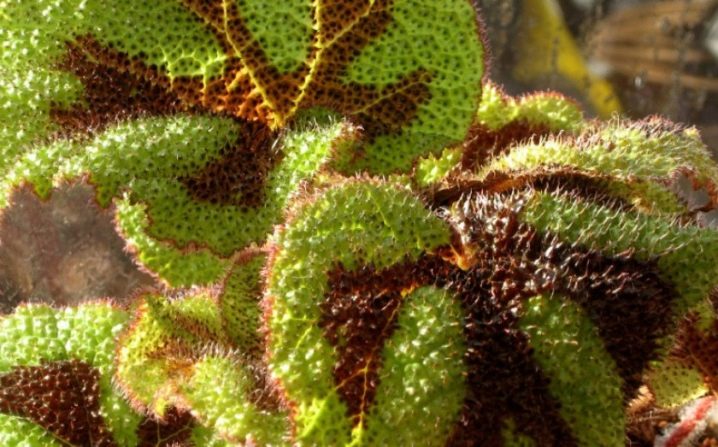
With their appearance, he even more bewitches with his beauty, despite the absence of buds.
With the onset of the spring-summer period, Mason's begonia blooms. Tiny light green flowers, collected in inflorescences, are lost against the background of elegant leaves. Experienced growers cut them off, not considering them attractive and knowing that they weaken the plant. Flowers are dioecious. They can be either male with four sepals and stamens, or female with five sepals and a column.

Views
There are the following varieties of Mason's begonias.
- Variegated begonia (Begonia masoniana var.maculata). It has hard and smooth leaves. Unlike Mason's common begonia, this flower has a different pattern on the leaves: it is outlined in dark color.
- Begonia tricolor (Begonia masoniana Tricolor). In this variety, the chocolate cross pattern is outlined by a dark stripe that is different from the color of the leaf itself.
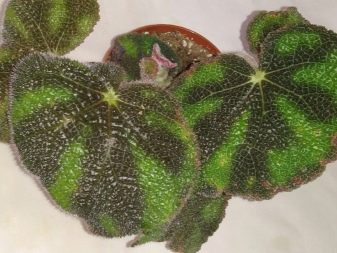
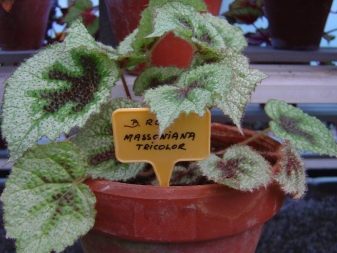
Care
Florists usually do not neglect the rules of home care for begonia. If it is careless and incomplete, then the normal development of the plant will be threatened. The flower itself is not particularly capricious, but only with strict adherence to the recommendations of professionals is it possible to preserve its charm.
Temperature
This type of begonia is afraid of frost. If the temperature drops below + 13 ° C, its development may stop due to damage. To avoid the consequences, the temperature in the room is maintained within the range of 18-24 ° C.
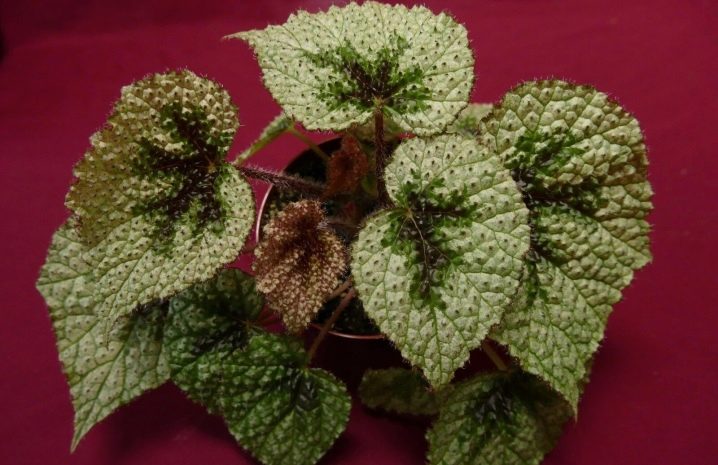
Lighting
You can not put a flower pot away from the window. Otherwise, he will be capricious. Nothing will happen to old leaves, but new ones will grow pale green with dull brown spots. Noticing the changes in time, the flower growers rearrange the flower pot on the windowsill and it transforms.
In summer, they do not put it in direct sunlight without dimming, and in winter they illuminate the plant with fluorescent lamps.
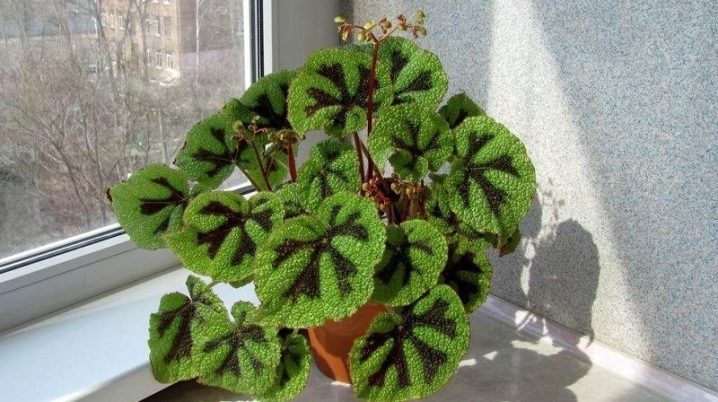
Air humidity
Mason's begonia is unpretentious to the level of humidity. It grows in both moderate and high humidity conditions. In the latter case, a humidifier is placed near it or a pot with it is placed on a tray with wet pebbles.
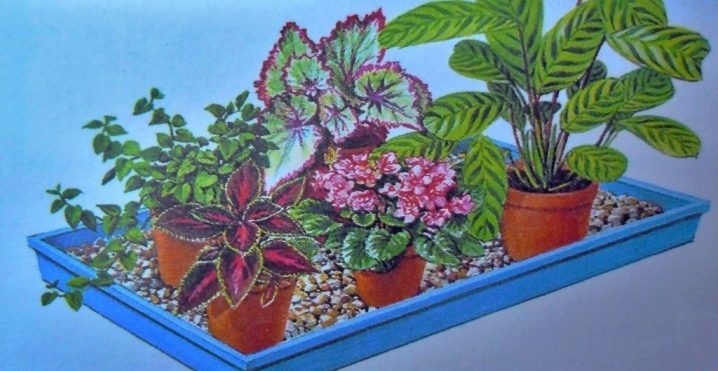
Watering
Its well-being depends on what kind of water the begoni of the described species are watered with. Before watering, water from the water supply system is defended for at least a day in an open container, since the water from the tap is hard and saturated with chlorine. Cleaning water with a filter or boiling will not harm. Experienced growers soften it and increase acidity using garden peat. For this, 1 kilogram of peat is placed in a water-permeable bag and placed in a container with water for irrigation. The water should be about 10 liters.
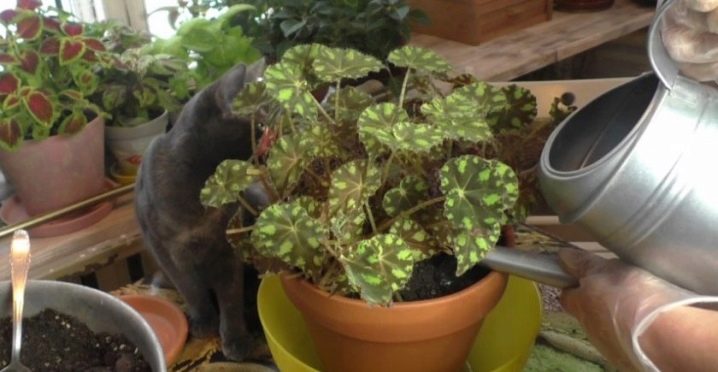
Since Mason's begonia is a rhizome culture, a considerable supply of water is stored in its roots. Before watering it, wait until the soil dries a little. Watering is carried out at the same time, preferably in the morning. If there is not enough moisture, the leaves will wither. Watering frequency depends on the room temperature. Some water it every two days, while others water it twice a week.

In winter, watering is reduced and carried out once a week. For this, warm water is always used. When it has absorbed a little into the soil, the top layer is loosened to maintain moisture inside the pot.
When using the submersible irrigation method, the begonia pot is placed in a basin of warm water for 15–20 minutes. After this time, the pot is placed on a pallet, and after another hour, they check how much water has left the pot. If there is too much of it, then pour it out.
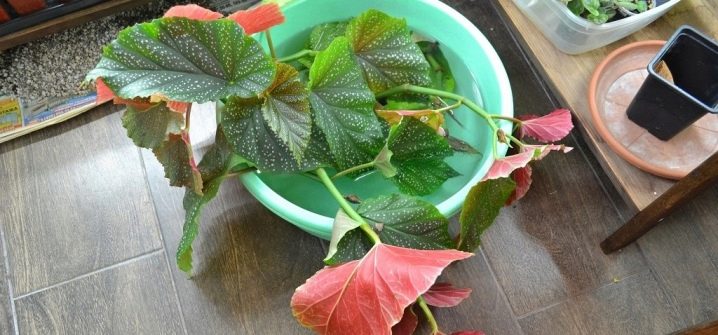
In winter, the leaves of Mason's begonia can dry out. Noticing this, novice flower growers think that the whole point is a lack of moisture, they flood the plant and thereby harm it. In fact, the flower went into hibernation. Therefore, reduce watering, keeping the soil in a slightly damp state. To prevent moisture from evaporating quickly, put a plastic cap or plastic bag on the pot. Better put it away in a cool place (optimum temperature - 16 degrees Celsius) for 6-8 weeks and return to the windowsill with the appearance of new leaves.
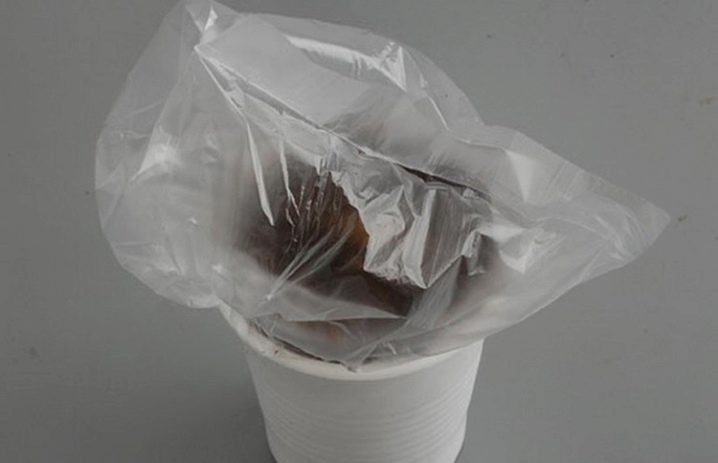
Fertilizers
Every month, regardless of the season, the plants are fed at half the concentration. Top dressing is not needed if it hibernates. Fertilizer should be applied after watering so that begonia does not get burned.
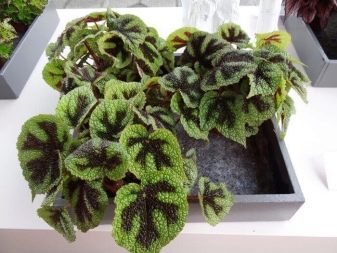
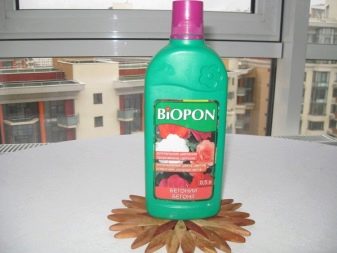
Transfer
Mason's begonia grows poorly in solid ground. Her leaves grow shallow and fade. This leads to its premature aging. To prevent this from happening, the flower is transplanted into loose soil. To do this, mix pine soil and sod meadow land in equal parts in a separate container. The duration of decay of pine needles is about 2 years. The substrate will remain loose during this time.
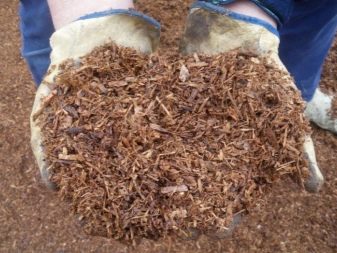
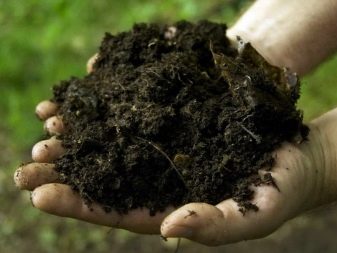
Once every two years, the flower is transplanted into a pot, the size of which is slightly larger than the previous one. A drainage layer is laid at the bottom. It is best to use large pieces of coal and ash for drainage. Then they take it out of the old pot, shake off the roots a little and place it in a new container, trying to keep the roots closer to the wood ash. Pour in fresh substrate and crush it with your fingers.
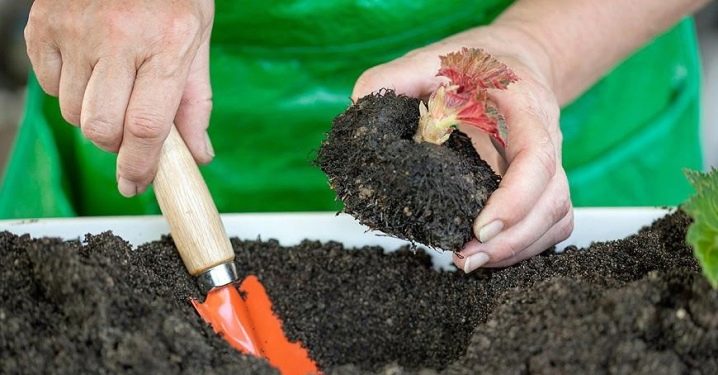
Reproduction
Mason's begonia does not produce seeds. For reproduction, vegetative methods are used. In spring, it is propagated by leaves or by dividing the tuber.
Using a sheet
In the first case, a large and strong leaf with a small petiole is cut off. Cuts are made on it along the veins. Then the soil mixture is prepared. It should be loose, and the layer thickness should not exceed two centimeters. Instead of ordinary garden soil, use sand, perlite, sawdust or vermiculite.
The cut sheet is pressed to the ground by digging or pinning it with a hairpin. Then the container chosen for breeding is covered with a plastic bag. Tara is placed on a well-lit windowsill, but darkened by the direct rays of the sun. Every day, such a mini-greenhouse is ventilated, and a spray bottle is used to moisten the soil. After two weeks, sprouts appear. When they are noticed, the plant is transplanted into prepared containers.
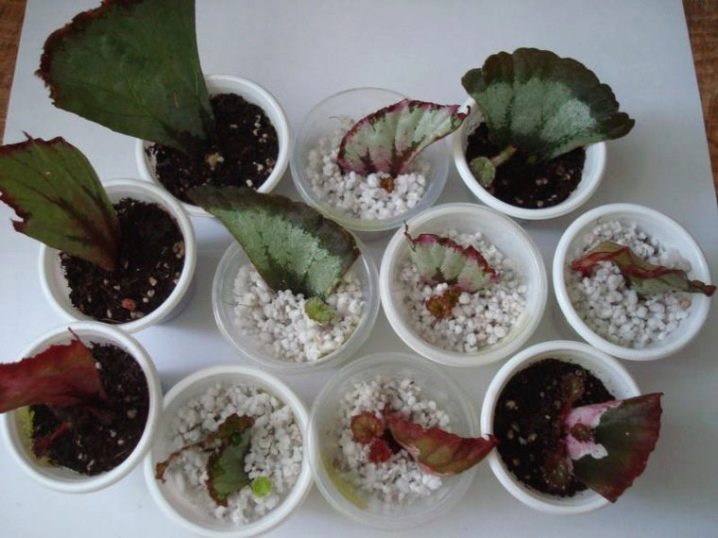
Tuber propagation
The second method of reproduction - dividing the tuber - is used if the begonia is already old. With this method of reproduction, the rejuvenation process takes place. To do this, choose a tuber with a bud. The plots are cut with a sharp knife, and the cut is treated with chopped charcoal.
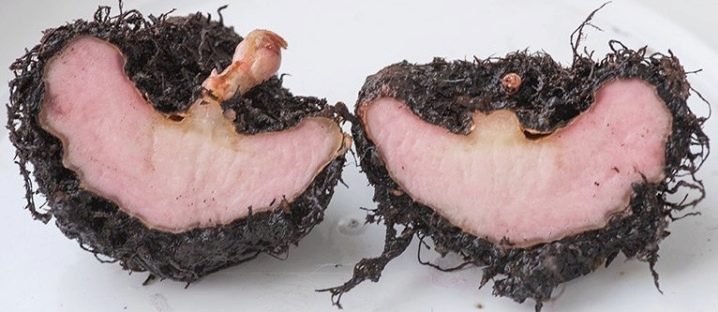
Further actions are the same as for propagation with the help of a leaf. The plant is planted in moist and loose soil, covered with plastic wrap and placed on a windowsill, darkened from the bright rays of the sun. The greenhouse is also ventilated, and the soil is moistened with water from a spray bottle.
When sprouts appear, begonias are planted in separate pots.
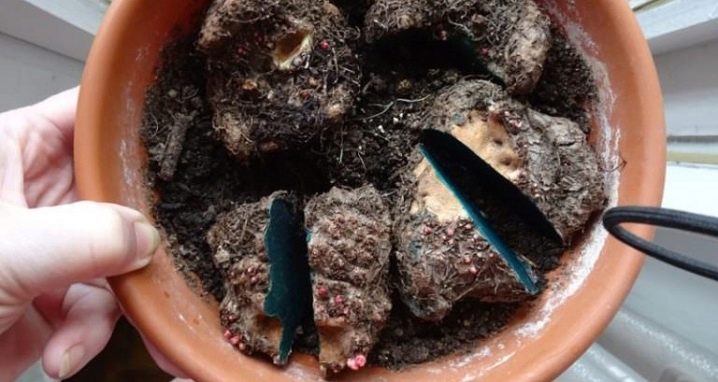
Diseases and pests
Sometimes Mason's begonia develops a fungal disease called powdery mildew. This is noticed by the leucorrhoea that appears on the green parts of the plant. Powdery mildew develops due to poor circulation and high humidity. The infected parts of the flower are cut off, and then treated with fungicides.
The plant is susceptible to leaf rot and bacterial leaf spots. As for pests, the juicy bright leaves of this plant are favored by spider mites, mealybugs and aphids. To cure the flower, use insecticides or folk remedies (infusions of tobacco and garlic).

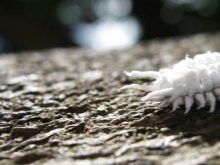
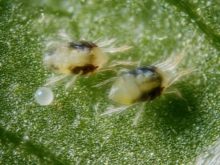
Mason's begonia is one of the favorite plants of true flower growers. If you take care of it correctly, it will grow, develop and decorate the windowsill with its appearance.
For information on how to transplant and propagate Mason's begonia, see the video below.































The comment was sent successfully.